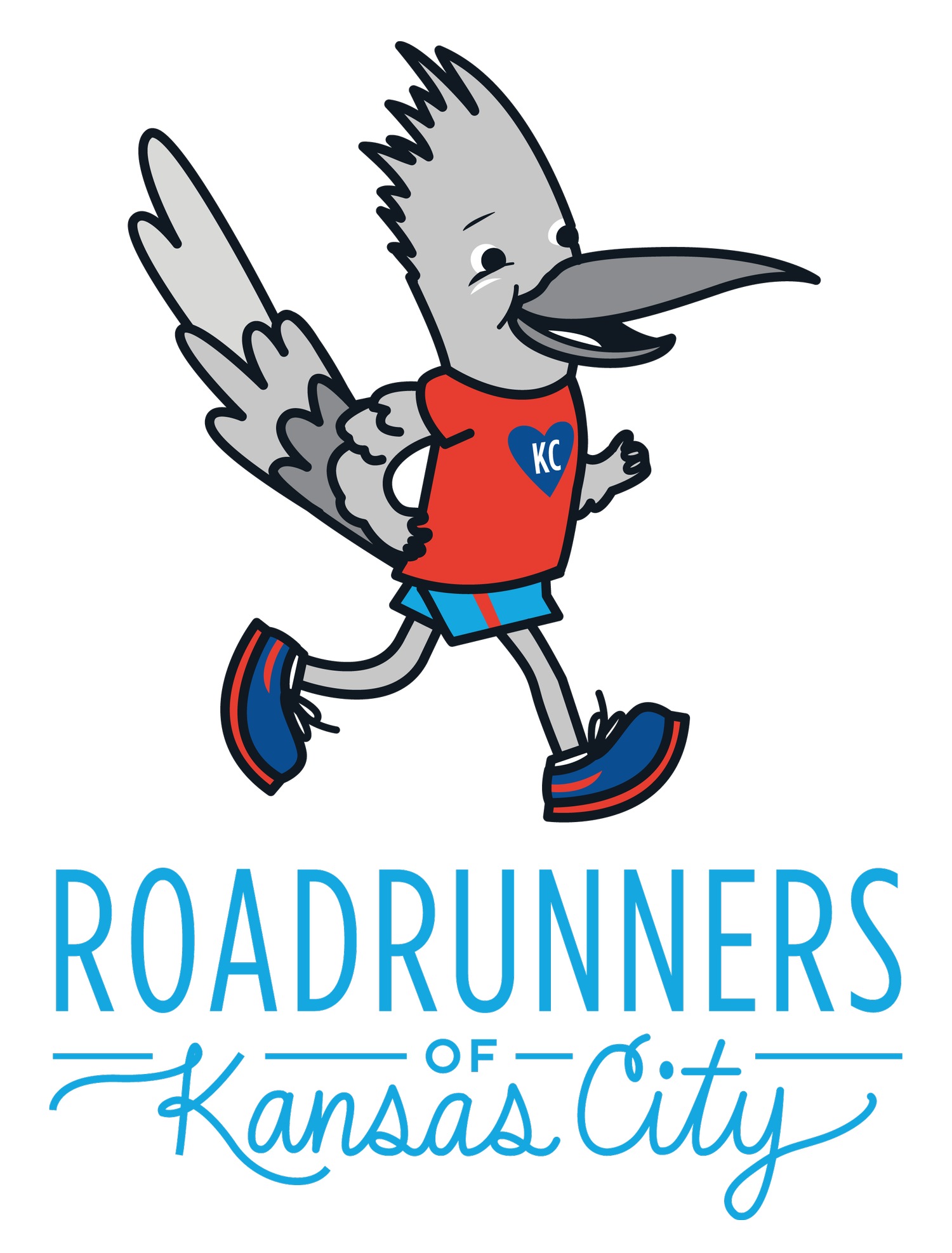Don’t suffer in silence. Share your life stressors with your coach. They can help you adjust your training plan and goals to create a safe and successful training/life balance.
Develop good sleep hygiene.
Sleep helps muscles and tendons recover from training and is vital for our mental health. To prevent running injuries during stressful periods, prioritize your sleep and practice good sleep hygiene. What the heck is sleep hygiene? Check out this article written by the Sleep Foundation.
Watch what you eat.
Log your food intake to hold yourself accountable and plan meals and snacks to avoid eating "bad for you foods." Check out this blog post I wrote on Foods to Avoid When Training.
Stay focused.
Start a workout with a 2-minute time out. Breathe with a deep inhale and slowly exhale while emptying your mind. Tell yourself, "This is my time to be present and focus on the current task. I can think about [stressful thing] later.” Serotonin, a natural chemical you release during a workout, will help you process that stress in a healthy way.
As you run, thoughts may creep back in. Acknowledge them and let them go. Refocus on your current task - putting one foot before the other, one mile at a time.
Take your time.
It is tempting to shorten your warm-up or alter your training routine to "get it in" or "get it over with" when stressed. Stop and take your time. Rushing results in, at best, a poor-quality workout and, at worst, an injury.
Cut it short.
Sometimes stress can overwhelm us. When it does so on the run, it may cause you to have difficulty breathing or you may break down crying. I have personal experience with this! Honor it. Take walk breaks and consider cutting the workout short instead of fighting it; live to run another day.
Positive and negative life stressors are inevitable during training. Recognize and acknowledge it, and take steps to manage it so you can continue running healthy no matter what comes your way.







